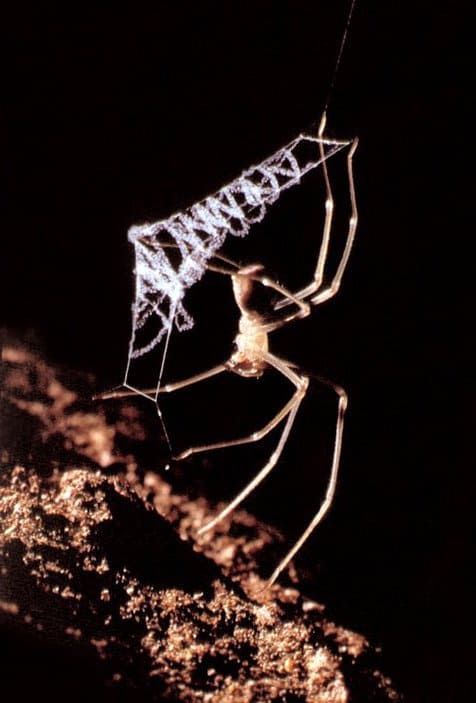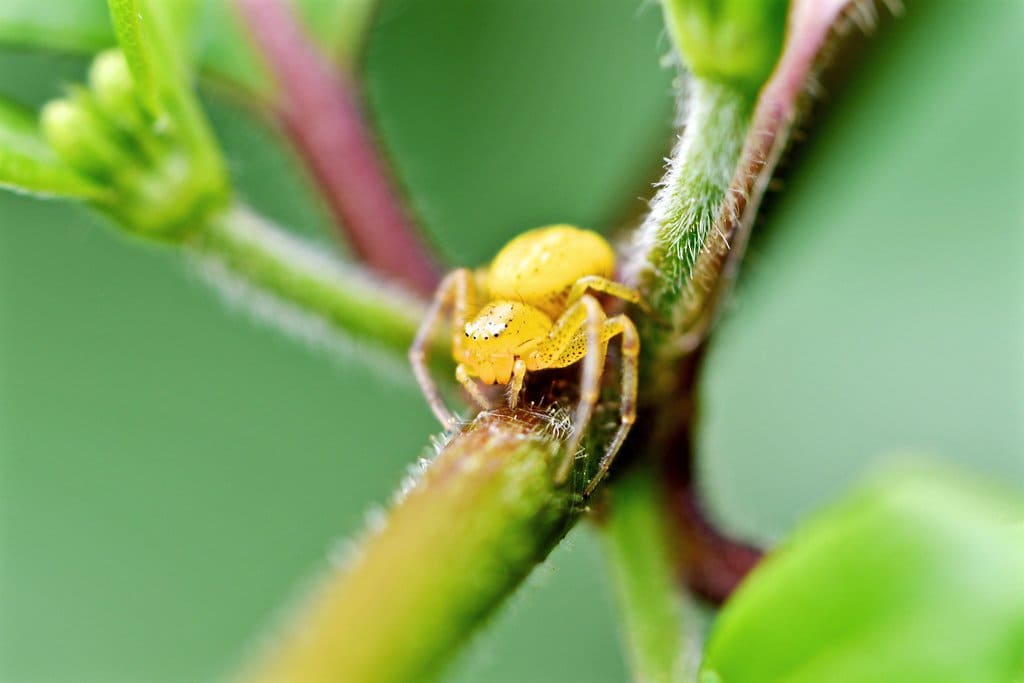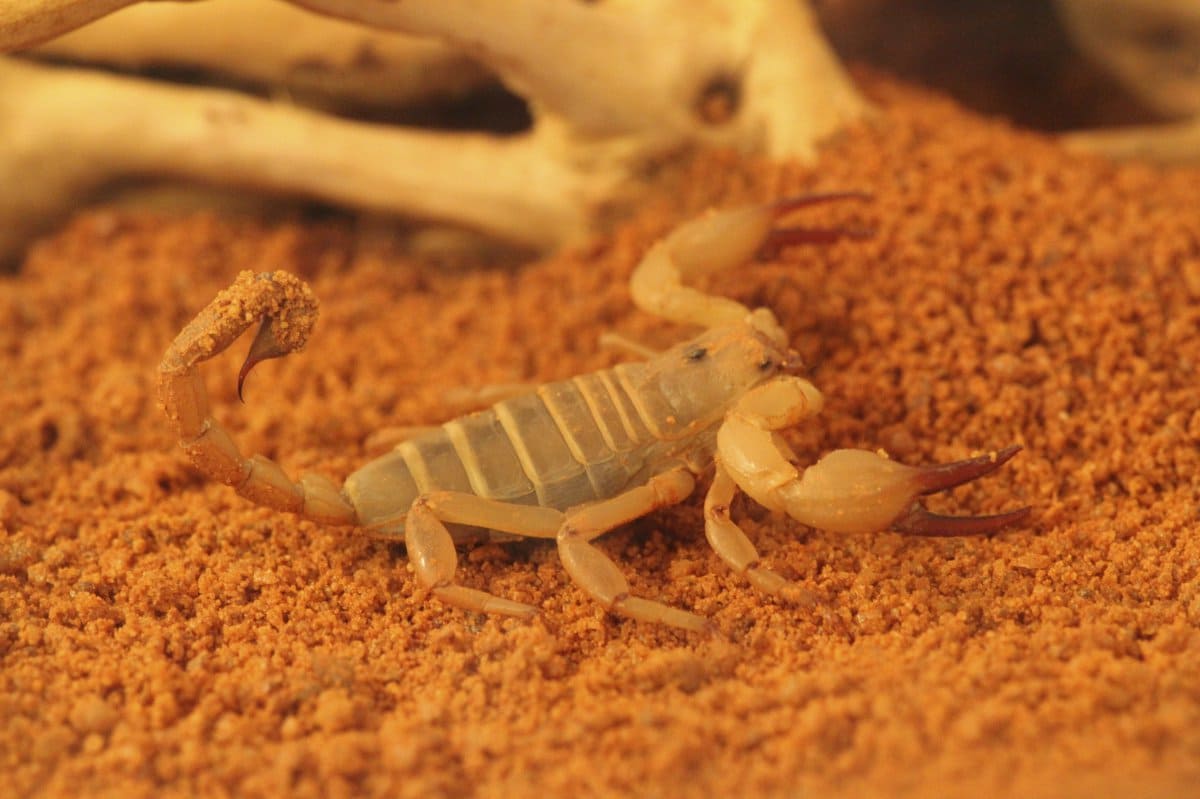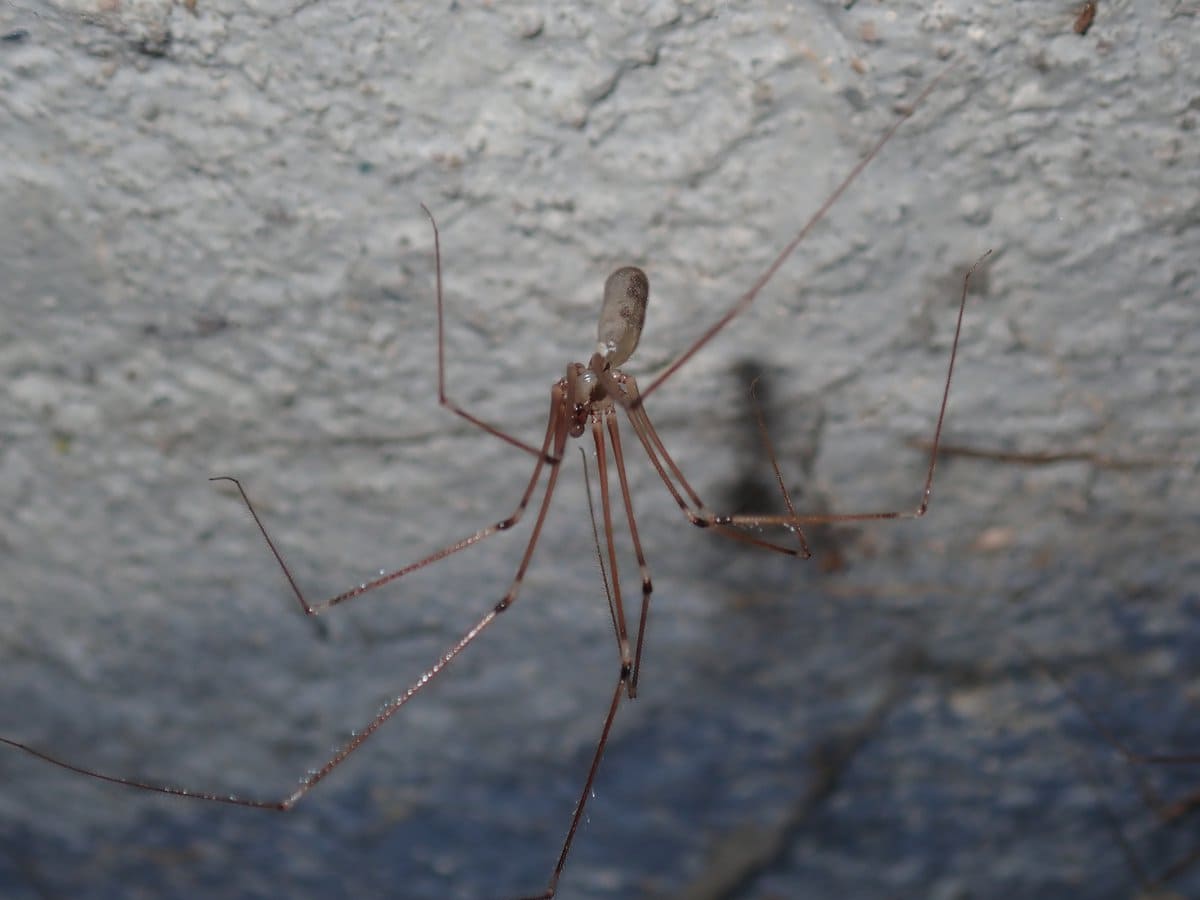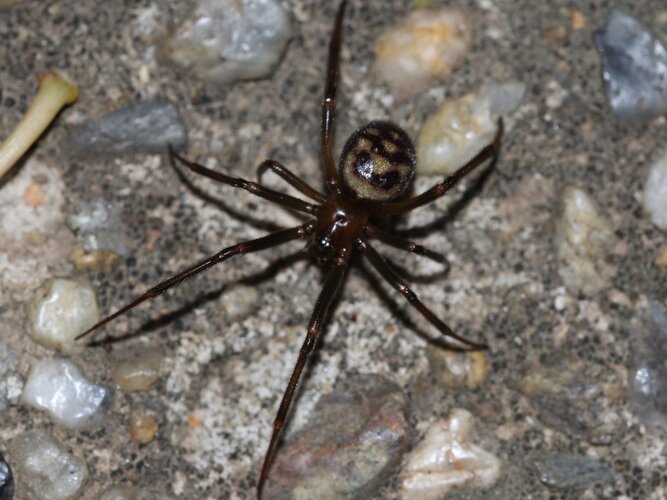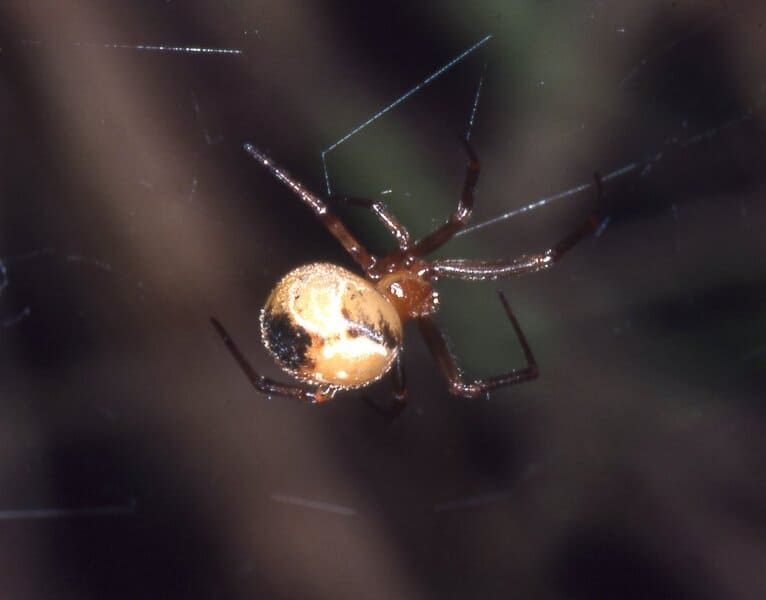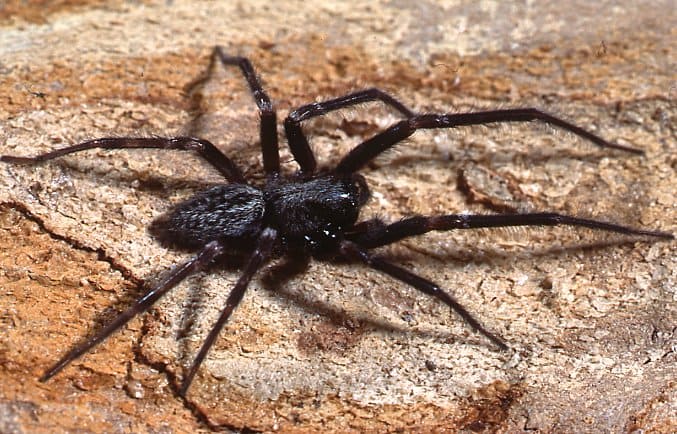Carrai Cave Spider
IUCN
LCBasic Information
Scientific classification
- name:Carrai Cave Spider
- Scientific Name:Progradungula carraiensis
- Outline:Arthropoda
- Family:Gradungulidae Progradungula
Vital signs
- length:Females 8–13 mm; males smaller (excl. legs)
- Weight:Small–medium spider; individual variation
- lifetime:Estimated 1–2.5 years
Feature
Cave‑dwelling; narrow ladder web on walls; crepuscular–nocturnal ambush; humidity‑dependent microhabitat.
Distribution and Habitat
Karst caves of the Carrai Plateau (NE New South Wales); dark–dim, humid, low‑airflow zones near cave mouths.
Appearance
Pale, somewhat translucent; very long legs; slender body; robust chelicerae.
Details
The Carrai Cave Spider (Progradungula carraiensis) is a cave‑dwelling gradungulid endemic to theCarrai Plateau karst of New South Wales, Australia. It is notable for erecting a narrow ladder/trellis‑like capture webacross cave walls and drip features, where it ambushes small arthropods under dim, humid conditions.
Ecology & Biology
Activity: chiefly crepuscular–nocturnal; by day it retreats into silk‑lined fissures.
Foraging: sets strip‑like “ladder webs” on vertical surfaces and subdues prey at close range with adhesive silk and rapid strikes.
Reproduction: females produce egg sacs in sheltered sections of the retreat and provide short‑term guarding; juveniles initially remain nearby before dispersing.
Identification
Body length: females typically 8–13 mm; males smaller (lengths exclude legspan).
Form: slender body with very long legs adapted to vertical cave surfaces; robust chelicerae.
Colour: cave‑associated pallor with reduced pigmentation; translucency varies with humidity and individual condition.
Range & Habitat
Restricted to the Carrai Plateau karst system of north‑eastern New South Wales, occupying moist, low‑airflow, dark–dimzones near cave entrances and vestibules.
Conservation & People
Threats: cave visitation/trampling, microclimate alteration at entrances, vegetation shifts and prolonged drought reducing humidity.
Guidelines: keep to established routes, avoid touching webs and microbial films, and minimise light/time in sensitive zones.
IUCN: no dedicated assessment to date; marked here as Not Evaluated (NE).
FAQ
Q1. Does it build classic orb webs? No—it uses narrow ladder/trellis strips on walls for ambush, not large orbs.
Q2. Dangerous to people? Of low medical significance; the species is shy—please avoid handling.
Q3. Where to look? In the entrance/vestibule zones of humid limestone caves on the Carrai Plateau; follow site protection rules.
Q4. How does it differ from the Tasmanian cave spider? Hickmania troglodytes occurs in Tasmania and differs in web form, distribution and morphology.

